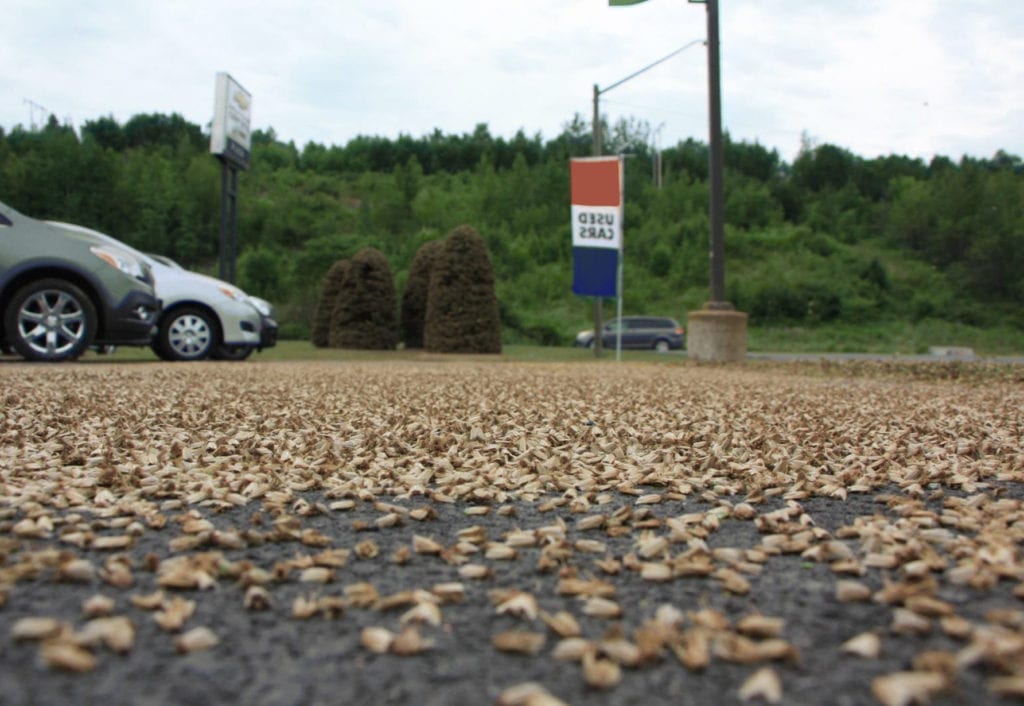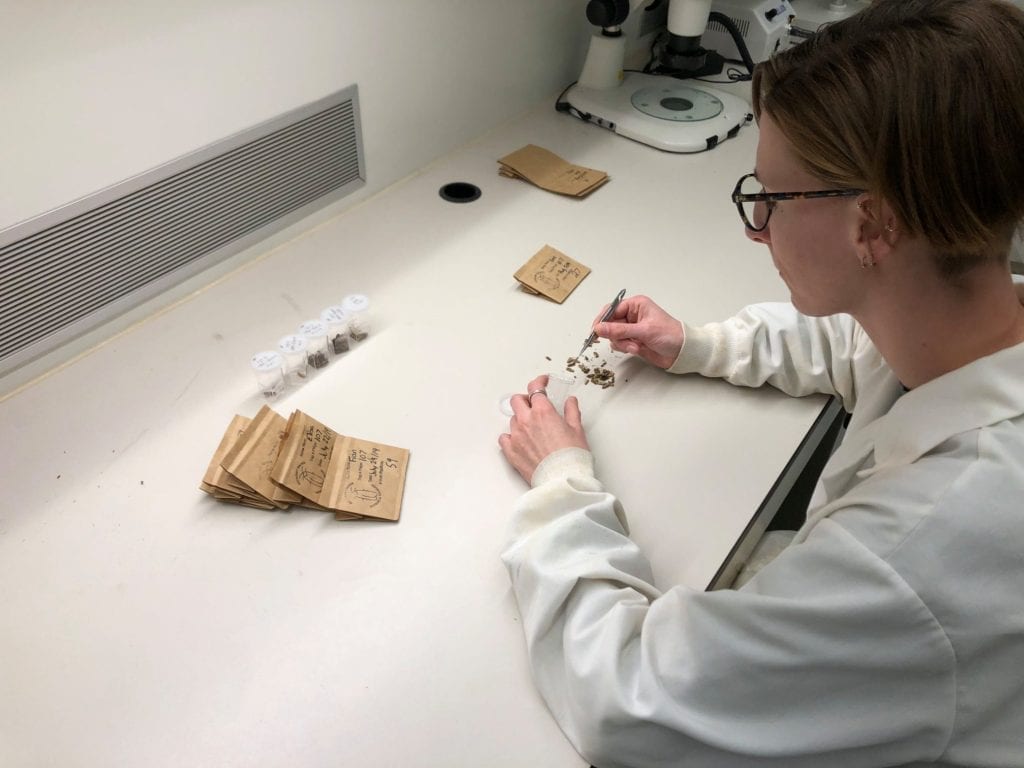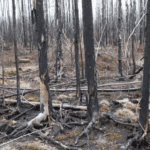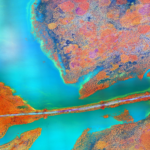One July morning in 2016, millions of flying insects descended on Campbellton, New Brunswick, carpeting parking lots and swarming in trees.
The insects were so numerous that the plume was visible using weather radar. Immediately, some people went online to find answers, but older residents already knew—spruce budworm was back, and it was not good news.
Spruce budworm is native to eastern Canada, but it can be destructive.
In the spring, larvae feed on the young needles of spruce and balsam fir trees. After 3–5 years of severe infestations, trees often die. In July and August, wind can transport moths hundreds of kilometres, spreading the infestation.
The moths that blanketed Campbellton in 2016 came from an outbreak in Quebec that now covers more than 7 million hectares. Budworm densities are currently low in New Brunswick, but an outbreak would be devastating; half of the province’s trees are spruce or fir, and forestry employs more than 20,000 people.
A new study published in FACETS uses the mass dispersal event in Campbellton to illustrate the effectiveness of Budworm Tracker, a citizen science program for tracking spruce budworm distribution and density in Atlantic Canada. By recruiting hundreds of volunteers to deploy pheromone traps and collect moths, the authors were able to monitor a larger area with greater frequency and identify budworm dispersal in real time.

Spruce budworm moths carpeting a parking lot | Joris Wiersinga
The Budworm Tracker program already had educational materials online when people in Campbellton started Googling the moths in July 2016. Drawing on this information, media from across Canada published nearly 100 stories on spruce budworm.
According to Emily Owens, study co-author and the Natural Resources Canada biologist who directs Budworm Tracker, the program has “become one of the most—if not the most—important communication tools we have, as we try to manage this pest.”
To prevent outbreaks, land managers need to find moths and treat trees with insecticide but scouring millions of hectares of forest is virtually impossible. Rob Johns, co-author and a forest insect ecologist with Natural Resources Canada, described the original study approach, which had 12 sites across the province, as time consuming, labour intensive, and costly.
“From a morale standpoint, driving three hours to collect one trap, and finding three moths in it, was not super enjoyable for our staff.” They needed another way, and in 2015, Drew Carleton, lead author of the study, suggested citizen science.
By 2017, Budworm Tracker had grown to more than 400 traps across Atlantic Canada, Quebec, Ontario, and the state of Maine. Between 2015 and 2017, volunteers collected 16,211–54,252 moths per year, with high rates of return for both data (68–89%) and volunteers (71–89%).

Technician counting moths | Healthy Forest Partnership
Participants are woodlot owners, Christmas tree farmers, skiers, and hunters—people who are invested in the forest. Grandparents use the program to spend time with their grandkids.
The program works because the cost of distributing traps is relatively low (especially with repeat volunteers), the set-up and sampling instructions are clear, the pheromone trap captures budworm moths almost exclusively (misidentification is <1%), and Emily Owens spends a great deal of time communicating with volunteers.
Budworm Tracker is building trust between managers and the public in New Brunswick, where past forest management decisions have impacted people’s livelihoods and health.
“There’s history here for a lot of the older population,” Johns acknowledged.
Aerial spraying of DDT, used to treat the last outbreak in the 1950s and 1960s, is within living memory. The chemical lingered in the environment and decimated populations of non-budworm insects, fish, and some birds, effects that Rachel Carson chronicled in Silent Spring.
Now, because the public is directly involved, people see that spruce budworm is being controlled differently than in the past. The connection between the public and program staff is “a foot in the door for conversations that are really important from a management standpoint,” according to Johns.
“I think that, more so even than the data we get on moth density, is probably the biggest value of the program.”
Read the open access paper: Tracking insect outbreaks: a case study of community-assisted moth monitoring using sex pheromone traps in FACETS.
*Banner image: Spruce budworm moths | Joris Wiersinga. View Joris’ portfolio here.




